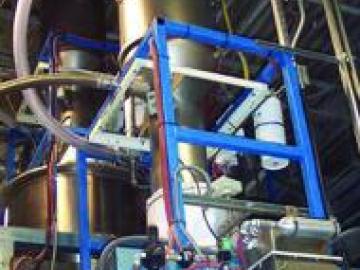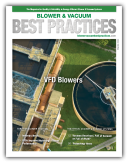Show Report: Pneumatic Conveying at the 2023 Powder Show
The 2023 International Powder and Bulk Solids Conference and Exhibition took place April 25-27, 2023 at the Donald E. Stephens Convention Center in Rosemont, Illinois. The event, sponsored by the Process Equipment Manufacturers’ Association (PEMA®) and produced by Informa Markets, is the leading powder and bulk handling and dry processing event in North America. It attracted more than 3,000 attendees and featured over 30 conference sessions and 350 exhibitors, showcasing bulk material handling equipment from 30 different countries. Blower & Vacuum Best Practices and Compressed Air Best Practices Magazines were among the publications available at the show’s entrance.



